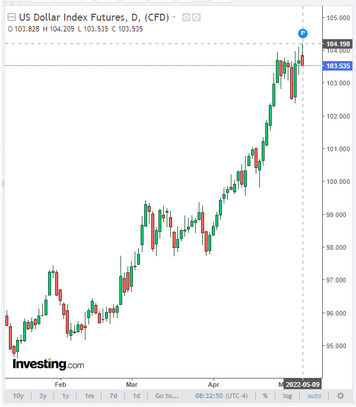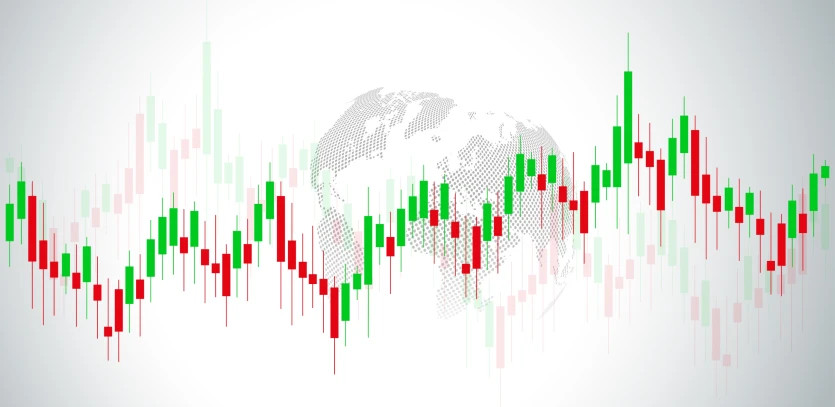At the time of publication of this article, futures on the broad market S&P500 index is near 4056.0, having started today's trading day with a gap down.
The US government bond market also continues to sell off, with the result that the yield on 10-year Treasury bonds reached 3.203% today against 3.124% on Friday, thus updating a multi-year high.
Investors are concerned about a further increase in interest rates, which is not yet clear how it will affect economic growth, and how effective it will actually be to contain soaring inflation.
Anti-COVID restrictive measures in China, as well as the situation in Ukraine, where Russia is conducting a special military operation, while Western countries are introducing tough restrictive measures against it, threatening a large-scale embargo, further cloud the picture.
In the current situation, investors prefer the dollar due to its status as the world's reserve currency, and not only as a defensive asset. The prospect of the highest returns among the world's major currencies due to the growing divergence of the curves reflecting the monetary policies of the Fed and other major central banks of the world is attracting strategic investors who prefer long-term stable income by buying a rising dollar at the expense of cheaper currencies.
So, at the time of publication of this article, futures for the DXY dollar index are traded near 103.54, having managed to update today a 26-month high near 104.20.

However, it turns out that not everything is as good and smooth in the US economy as the Fed claims. Here, too, alarm bells have recently appeared.
Thus, the index of business activity in the US manufacturing sector came out last week with a value worse than expected (in April it fell to 55.4 from 57.1 in March and against the forecast of 57.6), and the employment index (from ISM) in the manufacturing sector The US fell to 50.9 in April from 56.3 in March, which also turned out to be worse than the forecast of a decline to 54.7.
After the earlier published negative (-1.4%) annual US GDP for the 1st quarter, this is new data that indicates a slowdown in the US economy. If GDP also declines in the next 2nd quarter, then we can talk about the beginning of a recession in the US economy, as some economists warned about. And this creates the prerequisites for a further decline in stock indices.
If the decline in the US stock market continues, then we may soon see the S&P500 near 3950.0, 3860.0. A decline below 3640.0 could break the S&P500 bullish trend altogether.
In the meantime, and in the absence of new drivers in the form of important events in the economic calendar today and tomorrow, the S&P500 and the US stock market as a whole will remain under pressure.





